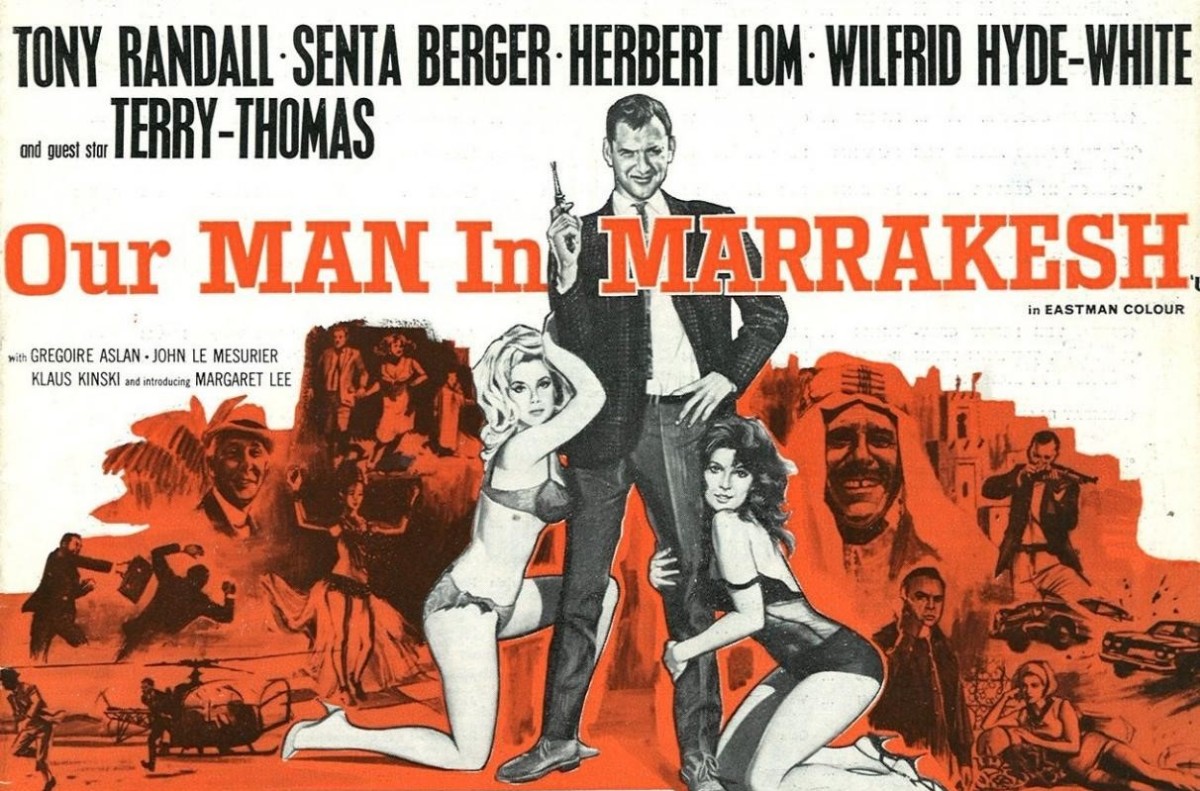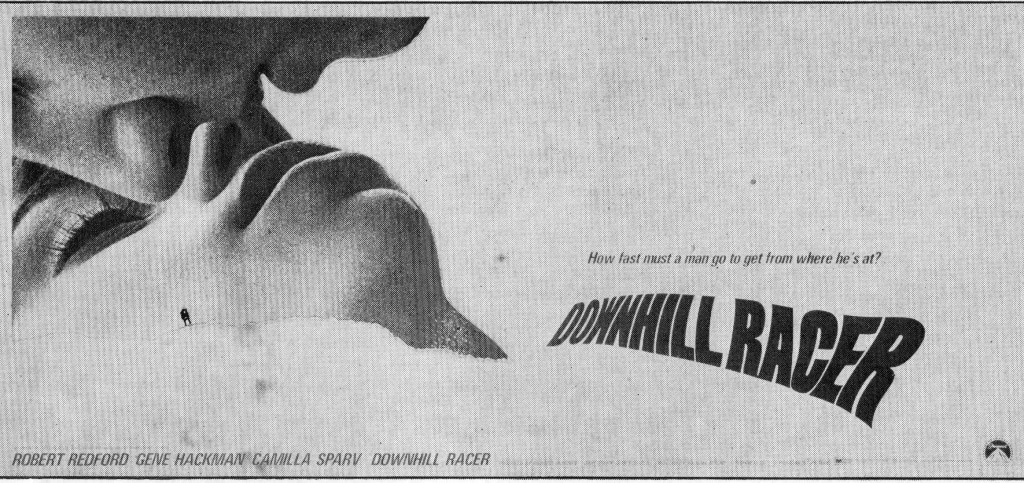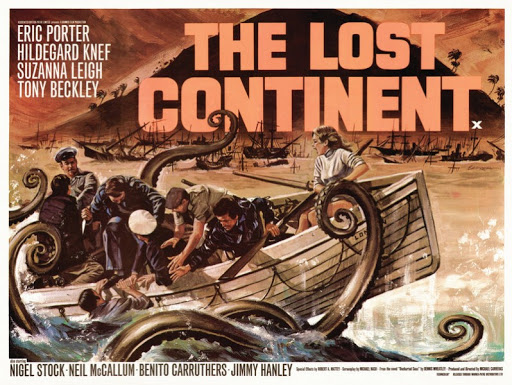A new documentary on Hollywood icon Audrey Hepburn – Audrey: More Than an Icon – provides the perfect excuse to look back at some of her work. I have already reviewed her performance in an untypical role in John Huston western The Unforgiven (1960) in which she played “a skittish teenager on the brink of adulthood, on a spectrum between gauche and vivacious.” Perhaps more typical of her appeal is romantic comedy How to Steal a Million in which she once again tops the chic league.

This is her third go-round with director William Wyler after similar romantic shenanigans in Roman Holiday (1953) and the more serious The Children’s Hour (1961) and the French capital had previously provided the backdrop to Paris When It Sizzles (1964). Hepburn plays the daughter of a wealthy art forger who hires burglar Peter O’Toole to recover a fake sculpture which her father has donated to a museum unaware that its insurance package calls for a forensic examination.
Compared to such sophisticated classics as Rififi (1955), Topkapi (1964) and Gambit (1966) the theft is decidedly low-rent involving magnets, pieces of string and a boomerang. But the larceny is merely a “macguffin,” a way of bringing together two apparently disparate personalities and acclaimed stars to see if they strike sparks off each other. And they most certainly do but the romance is delightful rather than passionate.

Of course, it’s also a vehicle for the best clothes-horse in Hollywood. While some actresses might occasionally stir up a fashion bonanza (Faye Dunaway in Bonnie and Clyde, for example), Hepburn’s audiences for virtually every film (The Unforgiven a notable exception) expected their heroine attired in ultra-vogue outfits. De Givenchy, given carte blanche to design her wardrobe, begins as he means to go on and she first appears in a white hat that looks more like a helmet and wearing white sunglasses. Her clothes include a pink coat and a woollen skirt suit dress and at one point she resembles a cat burglar with a black lace eye mask and black Chantilly lace dress. As distinctive was her new short hairstyle created by Alexandre de Paris. Cartier supplied drop earrings and a watch. Her tiny red car was an Autobianchi Bianchina special Cabriolet.
As much as with his charisma, O’Toole was a fashion match. He looked as if he could have equally stepped from the pages of Vogue and drove a divine Jaguar. He appeared as rich as she. He could have been a languid playboy, but imminently more resourceful. But since the story is about committing a crime and not about the indulgent rich, their good looks and fancy dressing are just the backdrop to an endearing romance. Although there are few laugh-out-loud moments, the script by Harry Kurnitz (Witness for the Prosecution, 1957) remains sharp and since Hepburn’s first responsibility is to keep her father out of jail there is no thunderclap of love. An Eli Wallach, shorn of his normal rough edges, has a supporting role as an ardent suitor, Hugh Griffith with eyebrows that seemed poised on the point of take-off is the errant father while French stars Charles Boyer and Fernand Gravey put in an appearance.
If fashion’s your bag you can find out more by following this link: http://classiq.me/style-in-film-audrey-hepburn-in-how-to-steal-a-million.















